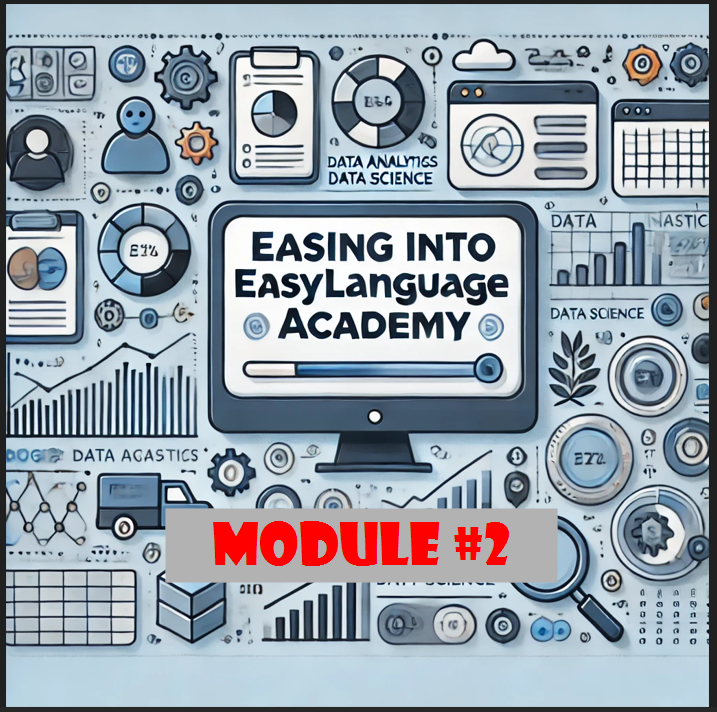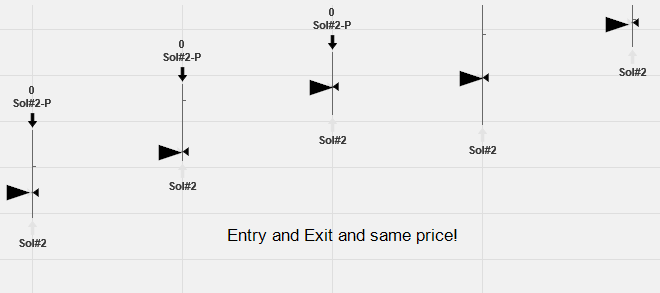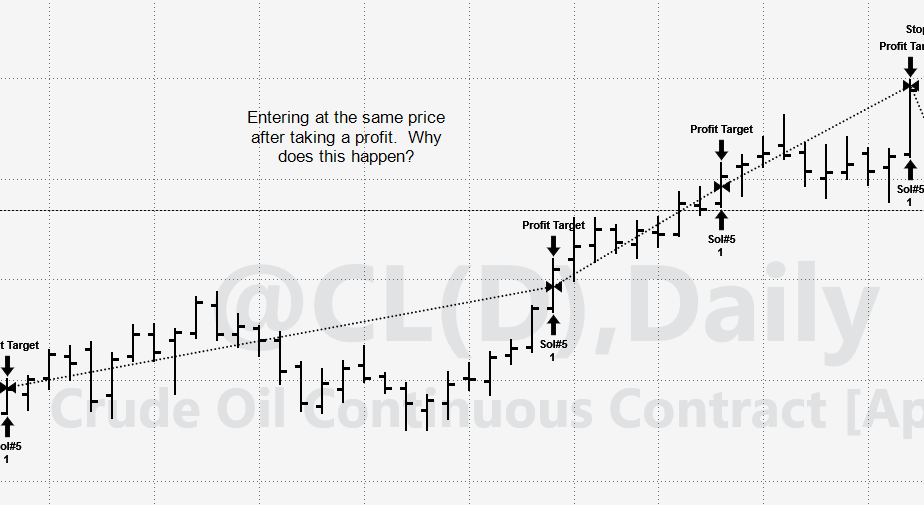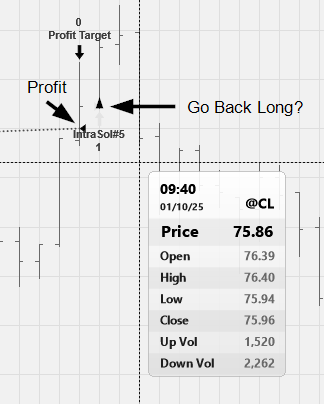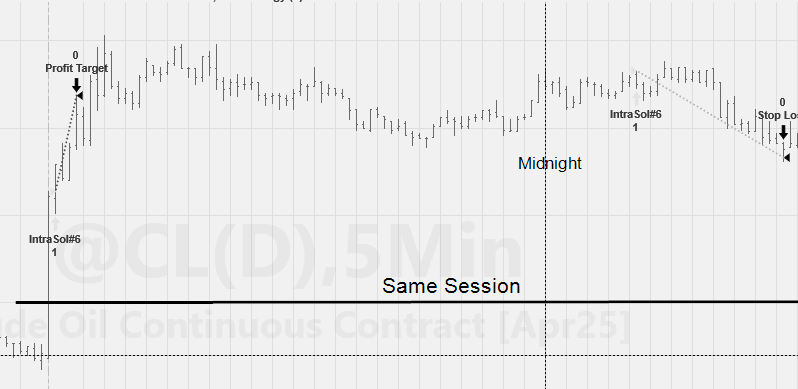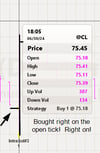Easing Into EasyLanguage Academy Module #2
Module #2 - Why EasyLanguage isn't EASY!
Level: Beginner to Intermediate
Purpose of Module #2 - 2 HOURS of VIDEO INSTRUCTIONS
The Easiness factor (E) in EasyLanguage is tied to complexity—when complexity increases, ease
decreases. In this module, however, I argue that there are additional elements that can make
EasyLanguage challenging, even without a corresponding rise in algorithm complexity. A system might
have a simple algorithm, but if you don’t understand the language's inner workings, programming it can
still be a struggle. Mastering the subtle tricks and understanding what occurs beneath the surface is
essential before you can create anything meaningful. Once you’ve worked through this module, you
might consider exploring my Easing into EasyLanguage series for further insights. This module covers
topics from both the Foundation and Hi-Res editions.
Keeping things really simple to uncover basic stumbling blocks.
We are going to be using a very simple algorithm, the "Hello World" program for trading systems, the
Donchian break out throughout this installment. Following the equation above, the ease factor should
be quite low. Just as the meaning of a phrase in a spoken language can change with context, a single
line of EasyLanguage code can have different interpretations and effects depending on its
surroundings, and much like the butterfly effect, even the smallest, seemingly insignificant tweaks can
lead to dramatic, system-wide changes. This flexibility allows for creative and efficient coding, but it
also means that understanding the underlying context and nuances is crucial. Recognizing that a line
of code is more than just a static command—it’s a dynamic element whose impact can vary based on
how and where it's used—empowers you to write more effective and adaptable programs.
Look at the images of the product page and see if you have seen these issues. Get Module #2 and figure out why these scenarios happen and more importantly find out how to fix them. Work your way through the course along with George and almost 2 HOURS of video instruction. He will show a total of 12 potential solutions to the problem and then explain why they will or will not work.

